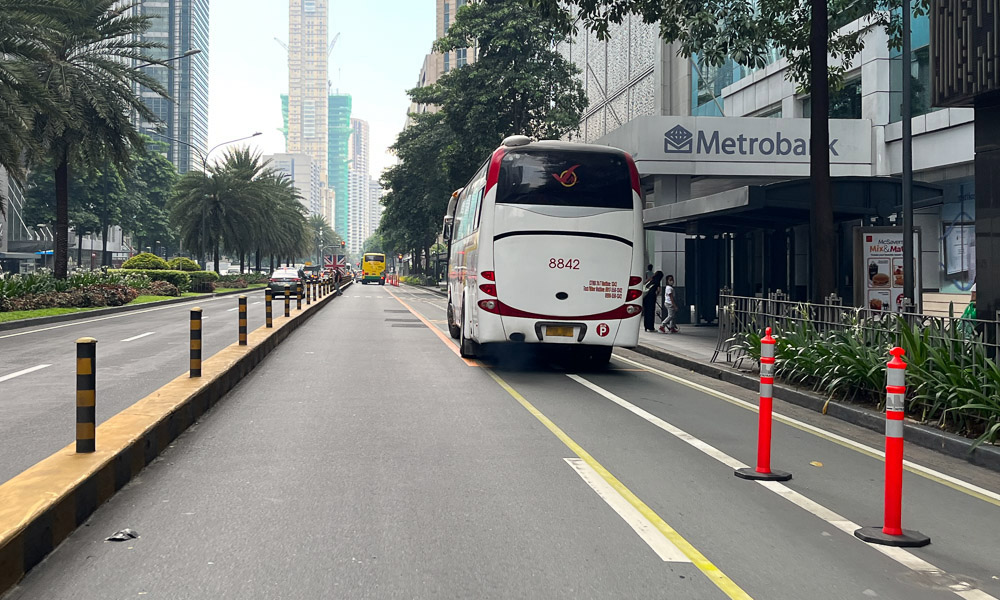
If you want to experience the best and the worst of bike-commuting on the same street, go to Ayala Avenue. One moment you can be having a pleasant ride inside the protected bike lanes, and the next thing you know, you’ll be shuddering in fear over the huge bus that nearly ran you over.
Last February, it was announced that the protected bike lanes along Ayala Avenue were going to be removed due to the increasing number of commuters. People protested in response and what started as the hashtag #MakeItSaferMakati, eventually gave rise to the Make It Safer Movement (MISMO).
The battle seemed to have been won, as Ayala Land Inc. (ALI) announced that the cycle lanes are here to stay. There was even a technical working group formed consisting of representatives from ALI, MISMO, and the Makati Business Club to further improve the infrastructure.
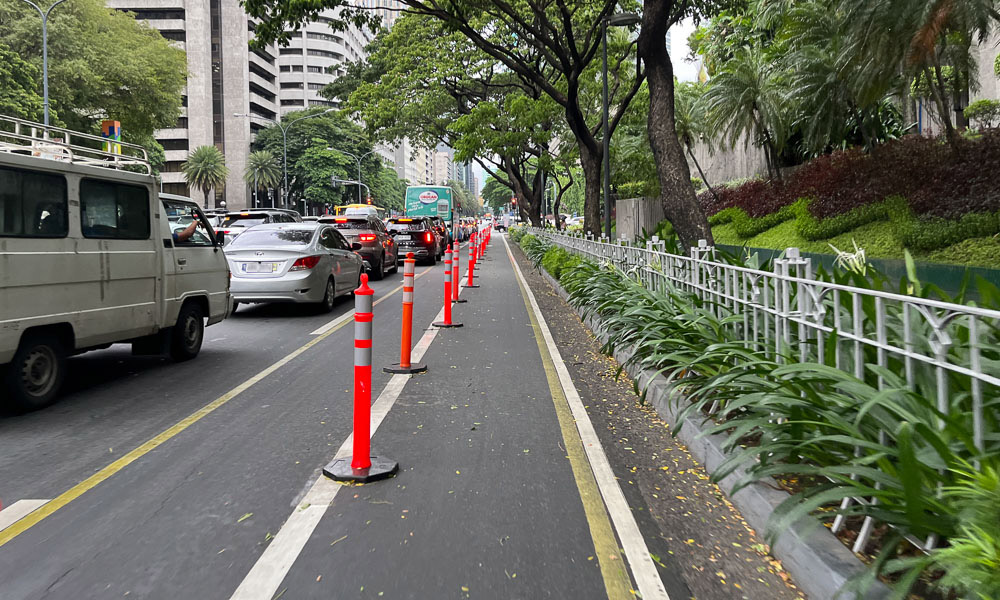
Five months have passed, and what exactly has happened? According to MISMO, nothing. While Paseo de Roxas is pedestrianized on weekends for Makati Street Meet, Ayala Avenue isn’t any safer for active-transport users. In other words, ALI failed to keep its word.
In spite of the data and the proposals presented, there has been no meaningful change. That’s why mobility advocates protested over the inaction of ALI, and MISMO is calling on it and the Makati LGU to respond urgently before anyone else gets needlessly harmed on the road.
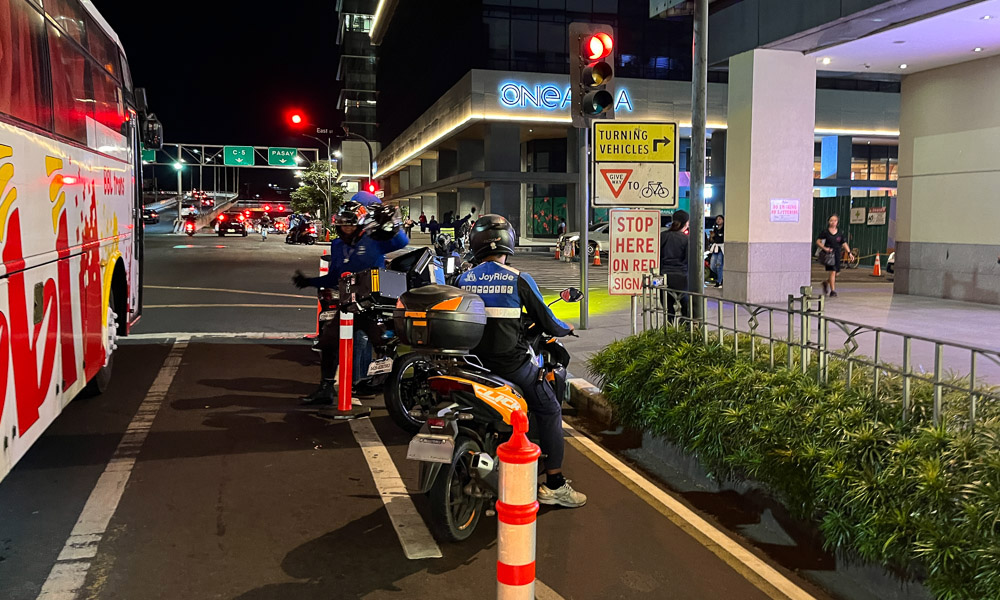
“We entered the TWG in good faith, but Ayala’s arbitrary decisions have placed thousands of vulnerable road users in Makati in more hazardous situations,” said MISMO. “Ultimately, Ayala has proven one thing: They do not prioritize our safety. Ayala Corporation’s leadership is not living out the values they say they stand up for.”
If you don’t understand the urgency of the statement, perhaps try biking along Ayala Avenue—or anywhere in Metro Manila—during rush hour, and reflect on how safe (or unsafe) you feel. If you’re too anxious to even start pedaling on public roads, that just proves the point (sadly).
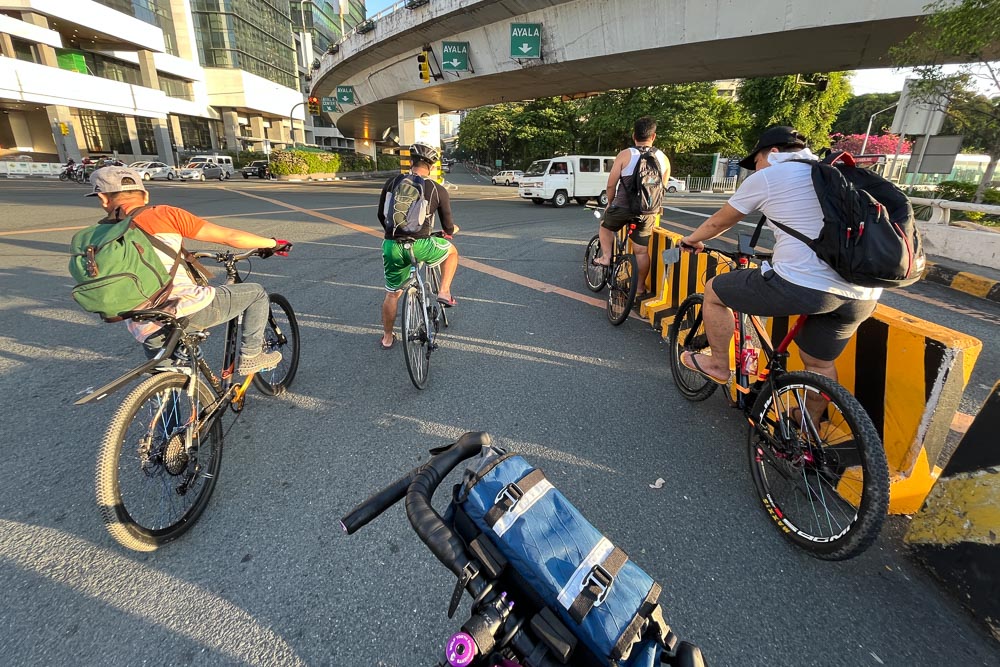
This isn’t a protest to ban private vehicles or antagonize drivers, but to make sure everyone can get where they need to be without fearing for their lives.
These advocates aren’t forcing people to ditch their cars and start biking to work. However, they want motorists to respect those who do.
Looking at the bigger picture, this matters because other LGUs look up to Makati—especially with its bustling central business district. If there is no place for safe infrastructure along Ayala Avenue, then why should the rest of the country care about active-transport users?

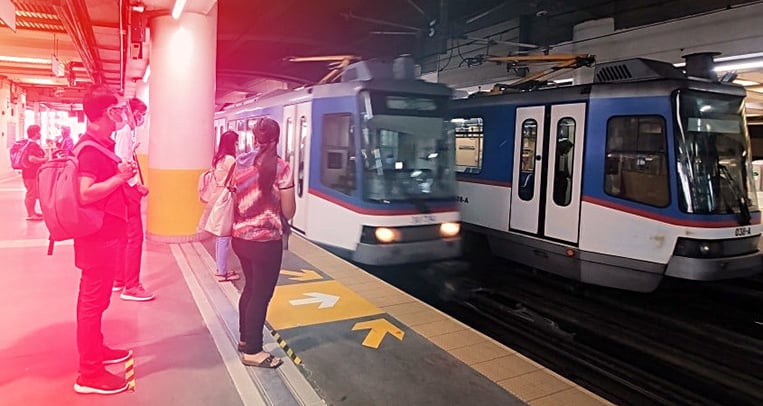
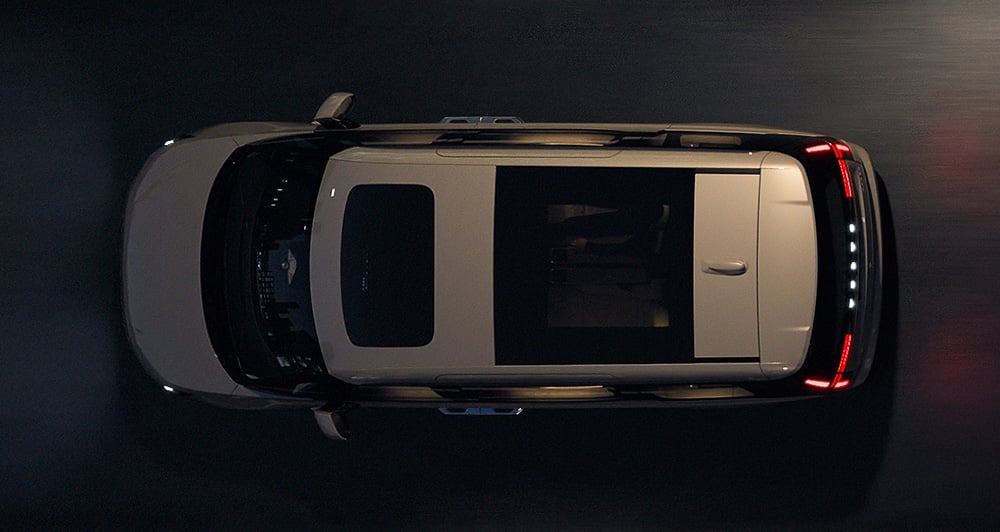

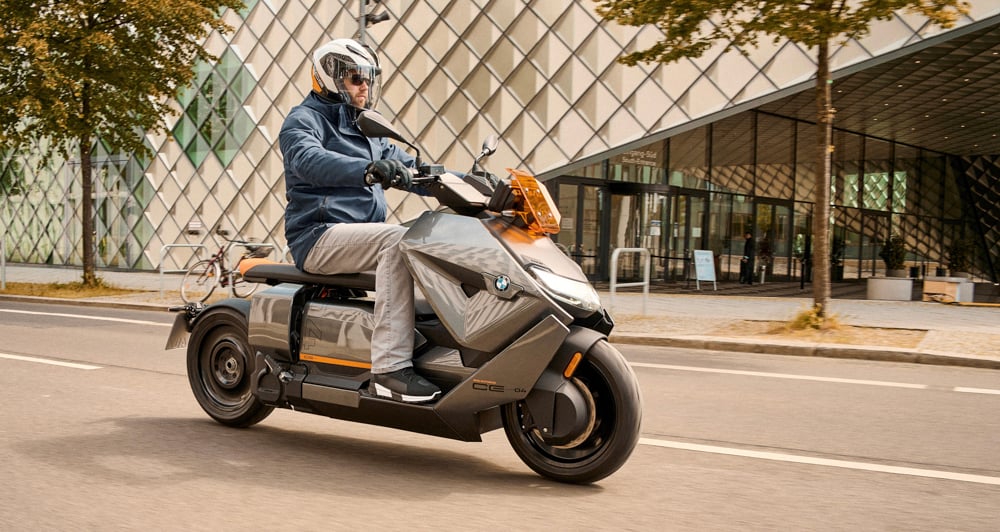
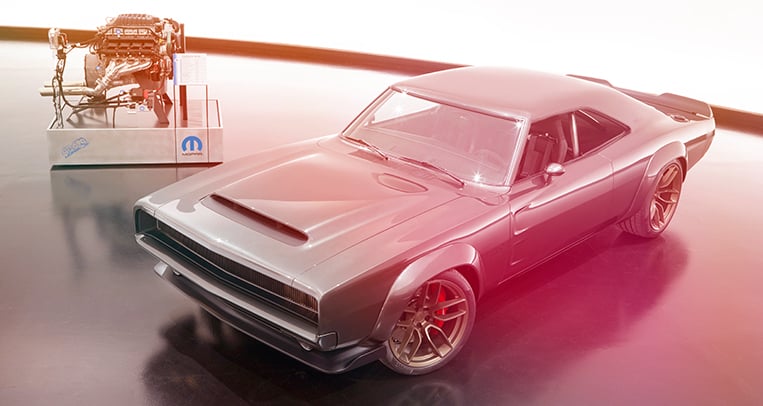


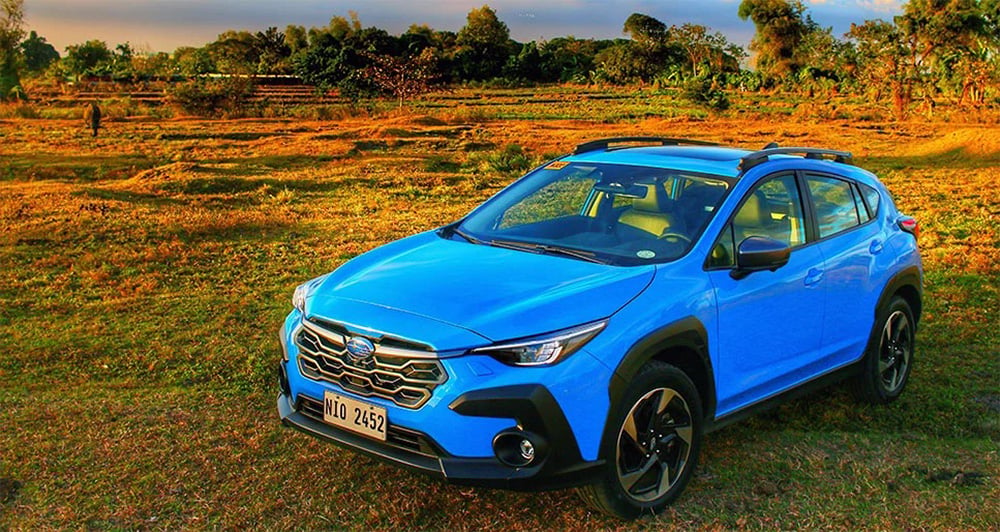


Comments